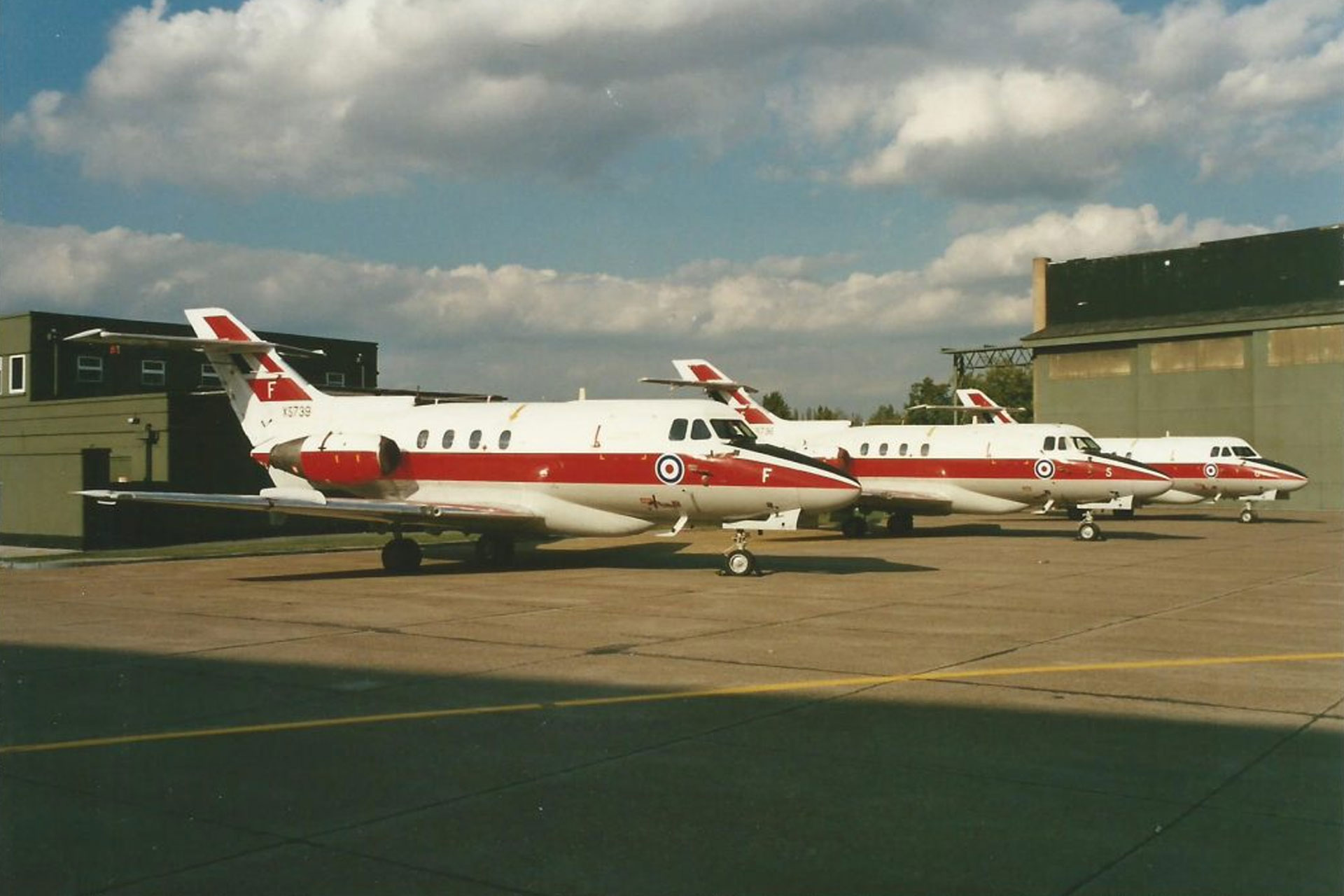

‘RAF Finningley in the Cold War’ by Roger Thomas
11th December 2023 @ 6:30 pm - 8:15 pm
Joining us IN PERSON – just turn up, there’s no need to register.
Joining us ON LINE – please click on this Zoom link.
This is a joint meeting with the South Yorkshire Industrial History Society
RAF Finningley occupies an area of some 864 acres and was built in several phases from 1916, then in 1936 and finally in 1994. Most of the older airfield buildings are built to ‘standard’ Air Ministry Works and Buildings Department designs, constructed in a well-proportioned Neo-Georgian style, typical of the RAF Expansion Schemes of the 1930s. During the Second World War, a variety of structures were added to the site to improve its operational efficiency; these included three asphalt surfaced concrete runways, a perimeter track, frying-pan aircraft dispersals, emergency water supply (EWS) fire pools, air raid shelters, blast shelters, dual-purpose gun posts, a two-bay turret trainer, and additional bomb storage capacity.
During the mid to late 1950s, substantial work was carried out to up-grade the airfield to operate the Avro Vulcan ‘V’ Bombers. This work included the construction of a new 3,000-yard-long runway (02/20), a Type B1 Unit Store (nuclear weapons store), a new Vertical Split air traffic control building (control tower), four aircraft dispersals, a flight simulator building and an operations & briefing block. Once the Quick Reaction Alert nuclear role was transferred to the Royal Navy, the airfield gained a primary training role with the construction of an Air Electronics, Engineer and Loadmaster School (AEE&LS), and an Air Navigation School. The RAF finally severed its association with Finningley in 1995, because of the ending of the Cold War.
Following the closure of Doncaster City Airport, Finningley was re-opened as Robin Hood Doncaster Sheffield Airport and the first commercial flight took off on the 28th April 2005. The airport closed in November 2022, since when Doncaster Council has continued to pursue ways of re-opening the airport. During its period as a commercial airport, many of the original ‘technical site’ buildings have been removed and new ones built, making it much harder to understand the site. This presentation aims to discuss the buildings and the associated technologies that they were designed to house, with an emphasis placed upon the Second World War and the Cold War.
About the Speaker
Roger Thomas is the former Military Support Officer of English Heritage (EH). His interest in military architecture grew during the 1970s when he assisted Henry Wills in gathering data on pillboxes, and in 1979, he became a member of the Fortress Study Group (FSG). He joined the staff of the Royal Commission on the Historical Monuments of England (RCHME) in 1987, working as an architectural photographer and buildings surveyor based at York, working alongside the Threatened Buildings team. Seven years later he became RCHME’s Military Recording Officer, also working closely with the Defence Estates Organisation; providing advice on military architecture, equipment, weaponry, and history.
In 1992, Roger was part of the FSG’s Holderness Pilot Study, which in turn led to his involvement in the establishment of the Council for British Archaeology’s ‘Defence of Britain Project’. Following the merger of RCHME and English Heritage in 2000 he became the Military Support Officer, a role that was abolished twelve years later, as a result of re-structuring. Since then he has worked as an Assistant Listing Adviser (North) in Historic England’s North-east and Yorkshire listing team, based at York.
Roger is a member of Cadw’s Welsh Conflict Archaeology Advisory Panel (WelCAAP), a trustee of the Dyfed Archaeological Trust, and of the Chapel Bay Fort and Museum Trust, and is a member of the Cambrian Archaeological Association. He has authored, co-authored, and illustrated several books, including: Cold War, Building for Nuclear Confrontation 1946-1989; War Art – Murals and Graffiti – Military Life, Power and Subversion; 20th Century Defences in Britain; and The Home Front in Britain 1914-18. He has also written numerous reports, articles, and guidebooks on military subjects, including York Cold War Bunker; Survey of 19th and 20th Century Military Buildings of Pembrokeshire; and Historic Buildings Report – RAF Finningley.
